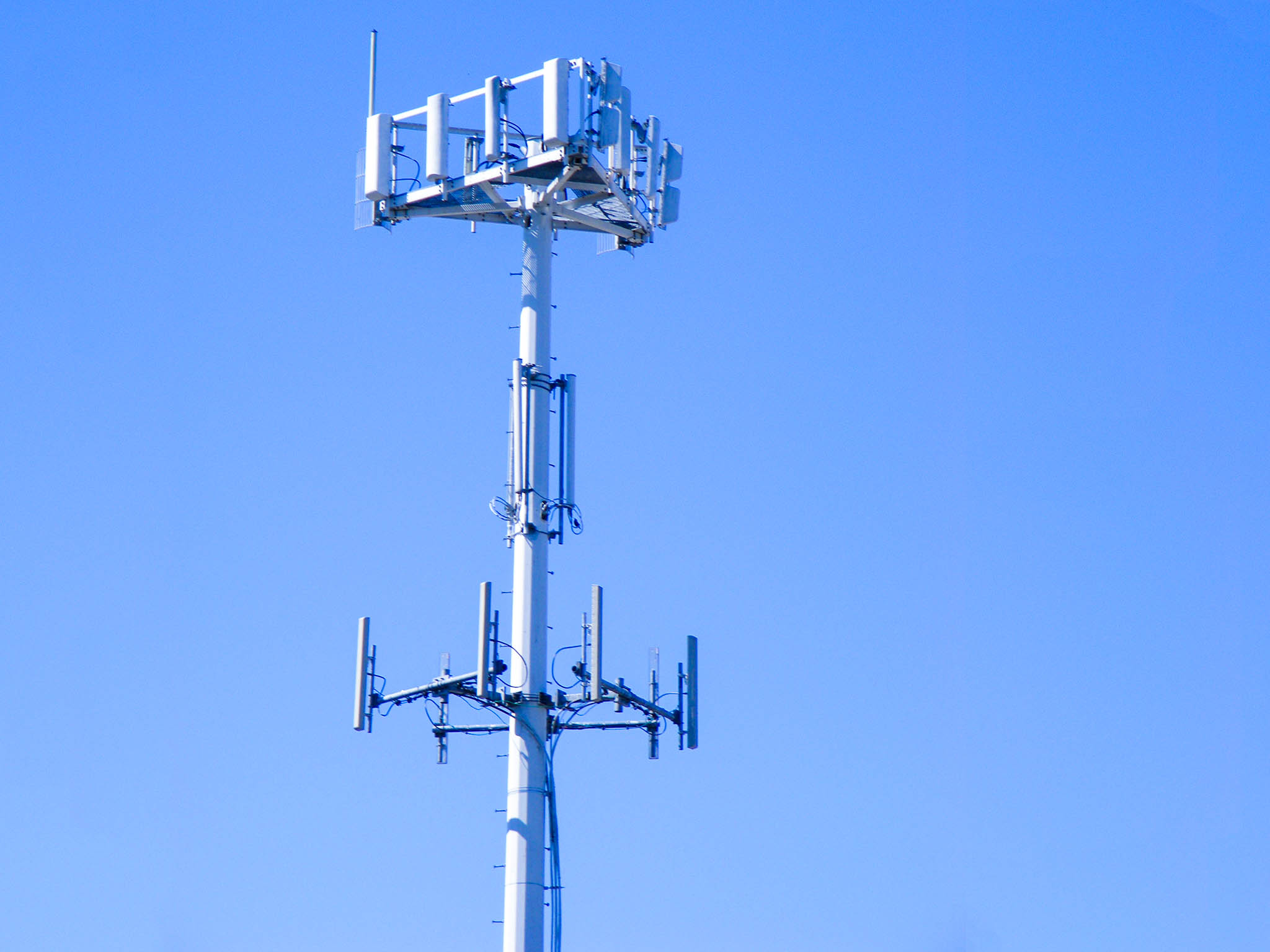If you've ever wandered through a town and spotted tiny 5G cell towers on the poles of street lights. They look like small boxes however, they're actually transmitting wireless signals from mobile providers to your phone.
These smaller towers are replacing larger, purpose-built cell towers. While they're not as noticeable however, they could create issues for users.
It is the of the FCC's Radiation Exposure Thresholds
The FCC's Radiation Exposure Thresholds determine the safe distance that a person can be exposed to electromagnetic energy generated by wireless devices. The limits for exposure are based on scientific data which prove that electromagnetic energy could be harmful to human health.

The specific absorption rate (SAR) is a measure of the amount of radiofrequency energy that is absorption by tissues. It's usually 1.6 Watts per kilogram averaged over one Gram of tissue.
Since 5g is able to transmit at higher frequencies this could be able to cause greater energy intensity on the skin as well as other body parts. This can lead to a wide range of potential problems, including an increased the development of skin conditions such as dermatitis, skin cancer and cataracts.
Due to the possible negative effects of 5G radiation, PSU has chosen to create a general power density limit of 4 mW/cm2 averaged on 1cm2, and never exceeding 30 minutes for the entire 5G spectrum at 3000 GHz. This localized limit is consistent with the highest SAR spatial-average of 1.6 W/kg, which is averaged over 1 g of tissue at 6 GHz.
The FCC's Maximum Exposure Thresholds for Maximum Exposure
In the event that you've used mobile phone, you probably know that a safe location from the tower is around 400 meters. https://paste1s.com/notes/ZMNAJ3Y is because the power of the transmission of cell towers increases drastically the farther your location from the tower.
Although this may sound like an ideal idea but the truth is that those living close to towers may actually be more prone to health issues. For instance, a 2014 study in India discovered that people who lived within 50m from cell towers suffered significantly more health complaints than those living further far from antennas.
However, this study also revealed that those who relocated to areas that were further from cell towers noticed their symptoms return to normal within a couple of days. Another study has demonstrated that exposure to extreme amounts of electromagnetic field radiofrequency (EMFs) can cause brain tumors, cancer, and other health problems.
This is because the RF radiation used in wireless communication can penetrate the human body's outer layer, which is the skin. This is important to understand because the skin serves as a barrier to protect against injury to the body, infection by pathogenic microorganisms, and entry of toxic substances. safe distance from cell tower is the largest organ in the human body and is accountable for protecting other organs.
The FCC's Minimum Exposure Thresholds for the Minimum Exposure
The FCC's Minimum Exposure Thresholds rely on various assumptions that aren't supported by evidence from science. This includes the false belief that exposures to RF radiation are safe because of the minimal penetration into the body (i.e. the heating of tissues).
This also overlooks the more extensive penetration of ELF elements of modulated radio signals as well as the effects on the body of short bursts caused by RF pulses. These assumptions are not in line with the current understanding of biological effects of RF radiation. As such they shouldn't be considered for health protection exposure standards.
Additionally, the ICNIRP and FCC are limiting their maximum exposure limits to local peak SARs, based on the peak spatial specific absorption rate (psSAR) which is not a sufficient dosimetric tool for determining the level of exposure to RF radiation. Particularly the psSAR tool is not accurate for frequencies that exceed 6 GHz. In addition, psSAR is not been evaluated for RF radiation exposed to other environmental agents such like sunlight. Interactions of RF radiation with other agents in the environment could produce synergistic or antagonistic effects. This could result in an increased risk of adverse health consequences. For what is a safe distance from a cell tower , exposure to RF radiation with sunlight may increase the risk of skin cancer and exacerbate other skin diseases such as acne.
